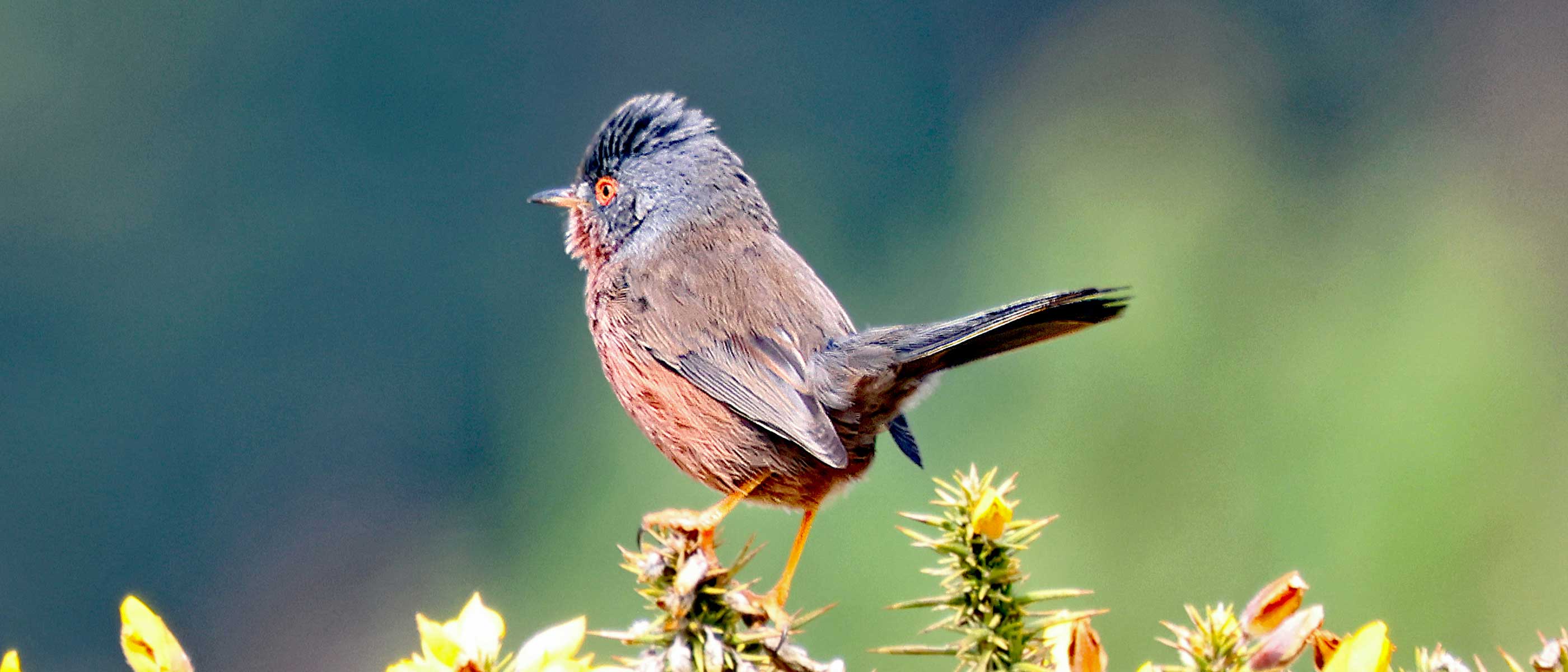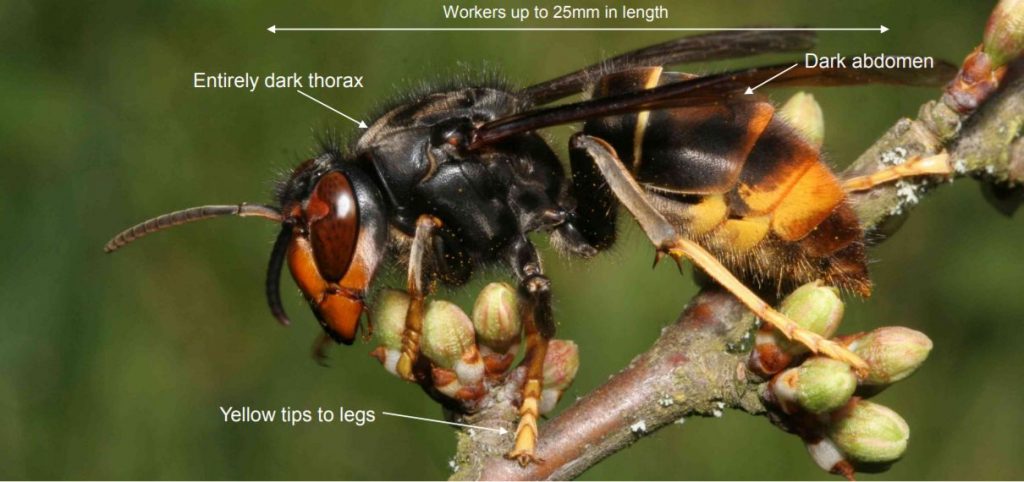
Photo credit: Dartford Warbler by David Allen

Photo credit: Dartford Warbler by David Allen
On 23 July 2019, the Council adopted a motion to declare a Climate Emergency and passed a motion committing to actions including:
GBC Council have shared some tips to reduce carbon emissions in our parish:
Additional tips can be found on the Friends of the Earth document: 20 actions parish and town councils can take on the climate and nature emergency.
Zero Carbon in Guildford is a community space set up to drive a community-led climate action plan. They have regular events to help Guildford borough adapt to a changing planet. Click here to find out more: Zero Carbon Guildford.
As the weather warms up, it's a good time to keep an eye out for Asian hornets (Vespa velutina). This non-native species can pose a serious threat to our native pollinators, including honey bees. According to information provided by the Guildford Beekeepers' Association, Asian hornets are slightly smaller than the native European hornet and have distinct colouring: they feature a mostly dark abdomen with a thin yellow/orange band near the tip, and their legs have yellow ends. In contrast, European hornets often have more extensive yellow and orange markings on the abdomen and head. If you're unsure about identification, the Surrey Wildlife Trust website offers clear photos and guidance on telling the difference between various hornet species.
If you suspect you've seen an Asian hornet, it is important not to disturb or attempt to remove a nest yourself, as this could be dangerous and risks spreading the hornets further. Instead, note the location and, if possible, take a photograph from a safe distance. Prompt reporting of sightings to the relevant authorities—such as the Non-native Species Secretariat or local beekeeping associations—helps ensure that any potential nests can be dealt with quickly and safely. Early detection is vital to protect both local wildlife and commercial beekeeping activities.
For further reading and identification tips, please visit the Guildford Beekeepers' Association and Surrey Wildlife Trust websites.

Asian Hornet (Vespa velutina). Photo for identification purposes. Thanks to Guildford Beekeeper's Association for use of this photo. The origin of the photo is France.
© J Haxaire
The Guildford Beekeepers' Association website offers even more practical guidance on dealing with potential Asian hornet sightings. For instance, they recommend using the free 'Asian Hornet Watch' app—available on both Android and iOS—to quickly photograph and record any suspected sightings. The app provides straightforward instructions for reporting your sighting to the relevant authorities, ensuring that each report is routed correctly for prompt investigation and action.
Should you come across what you believe to be an Asian hornet or its nest, the advice is to avoid getting too close and never disturb the nest. Instead, use the app or contact the Non-native Species Secretariat (NNSS) as soon as possible. You can also get in touch with the British Beekeepers Association or your local beekeeping association for support and information. These channels can help organise safe nest removal by trained professionals, reducing risks to people, pets, and wildlife.
By being aware of the correct reporting protocols and armed with the right tools—like the Asian Hornet Watch app—we can all help prevent this non-native species from establishing itself and protect our precious pollinators. For more details on whom to call and what to do, visit the Guildford Beekeepers' Association website, which contains comprehensive advice and contact information.
There has been a recent nest of Asian Hornets found in Holmbury St Mary. The nest has since been destroyed. Please keep your eyes peeled and report if you see anything. Take a photo if you can for identification purposes. Do not approach a nest site. They are aggressive insects. The best way to report it is to download the free App onto your phone: search for 'Asian Hornet Watch'.
An adult Asian hornet can eat a significant amount of insects daily, with estimates suggesting one can consume between 30 and 50 honeybees per day. They are voracious predators, capable of wiping out entire beehives and also preying on other native insects and spiders, which can significantly impact local biodiversity.
National news: The numbers of YLH insect and nest sightings being confirmed weekly by APHA and communicated to YLH coordinators continues to rise rapidly week on week. As of 21st August there had been 266 credible YLH sightings, and 74 confirmed nests. The newest nests discovered have been in:
London: Ilford, Barkingside
Kent: Stonecrouch, Ashford, Exted, Wingham, Thanington, Lenham, Wittersham
Surrey: Holmbury St. Mary
East Sussex: Udimore, Fouroaks
Ireland: Cork (first confirmed nest)
2025 already has the highest number of sightings and nests, and the “crunch” weeks of sexual gyne production are likely happening now and for only a few weeks more. This week (w/c 1st September) is Yellow-legged Asian Hornet Week, with a lot of activity planned for both beekeepers and the general public.